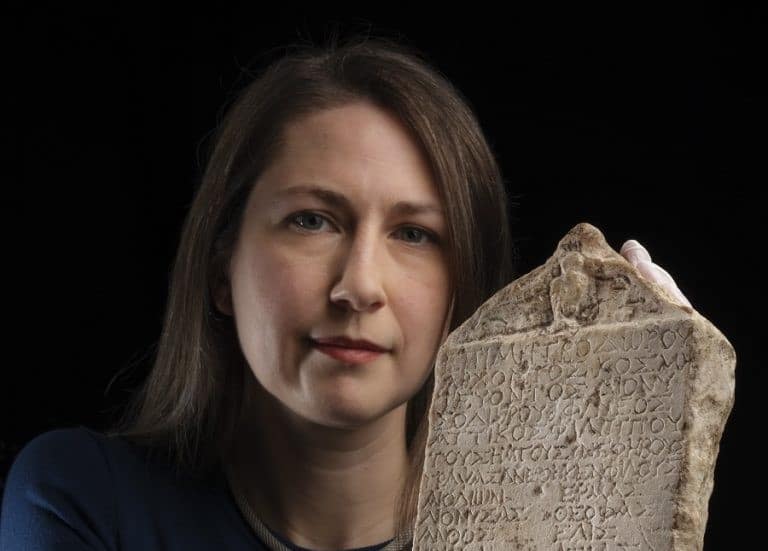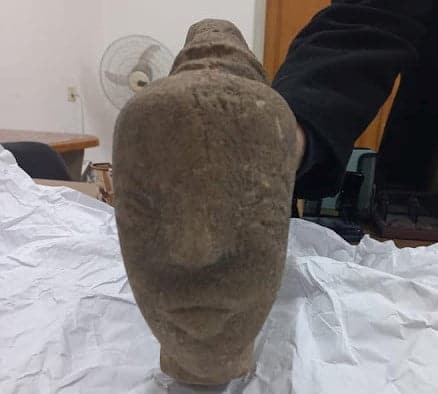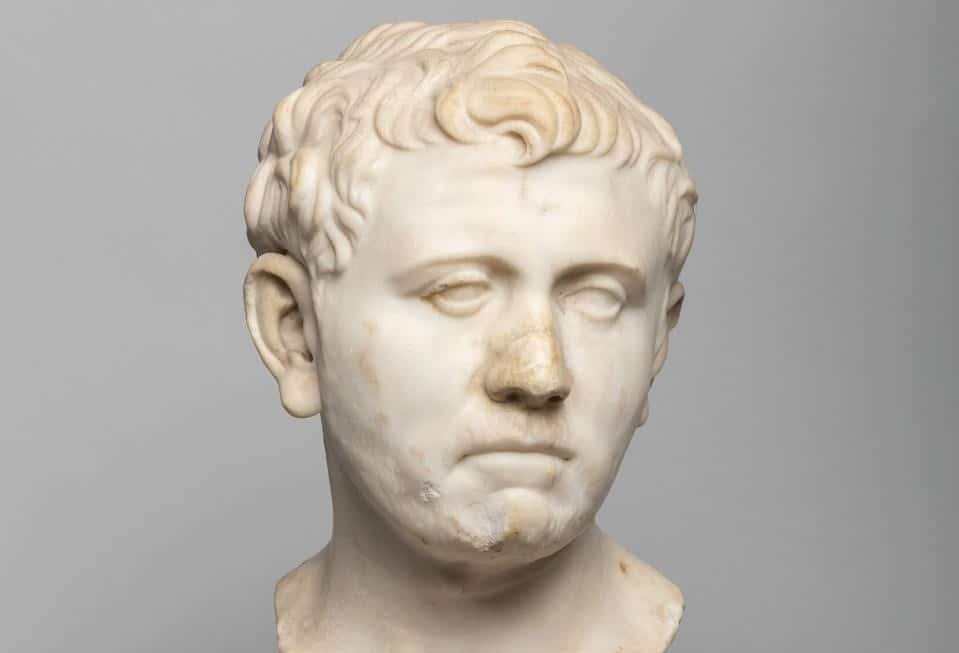Given to the National Museums Scotland in 1887 by Alexander Wood Inglis, the 2000-year-old tablet has inscribed on it numerous names. These names belong to a group of young Athenian men (aged 18-20) who had completed their year of compulsory military training (ephebate).
After taking their ephebic oath and involvement in the military, they were given Athenian citizenship.
There are a total of 31 names on the tablet with researchers believing that most of the men came from wealthy and prominent families of ancient Athens. Some of the names on the list include, Dionysas, Dorion, Eudos, Hermas and Primos.
It’s believed to have been made around 41 to 54 C.E when Greece was under rule by Roman Emperor Claudius. National Museums Scotland’s head curator of the ancient Mediterranean, Margaret Maitland mentioned this tablet provides great insight into how ancient Greeks clung onto their traditions.
“This discovery represents an important new source of information about Athenian society in the mid-first century AD,” she said.
“This was a crucial period for Athens as it adapted to its place under the Roman Empire, which had conquered the Greek peninsula in 146 BC. Athens, however, was allowed to continue to operate as an independent city-state.”

“The list was intended to commemorate the close relationships they had formed in hope that they would endure for life. The sense of camaraderie within the ephebic cohort is palpable in the reference to the youths as ‘fellow ephebes’ and ‘friends’.
“Many ephebes are referred to with familiar forms of their names (the equivalent of ‘Pete’ for ‘Peter’). The oil amphora depicted at the top of the monument references athletic competition, which was closely tied to ideas of masculinity and Greek identity in this period.”
It’s believed this list only represents a small number of the entire cohort, with experts saying that there would have been anywhere from 100-200 men who participated in the ephebate.






